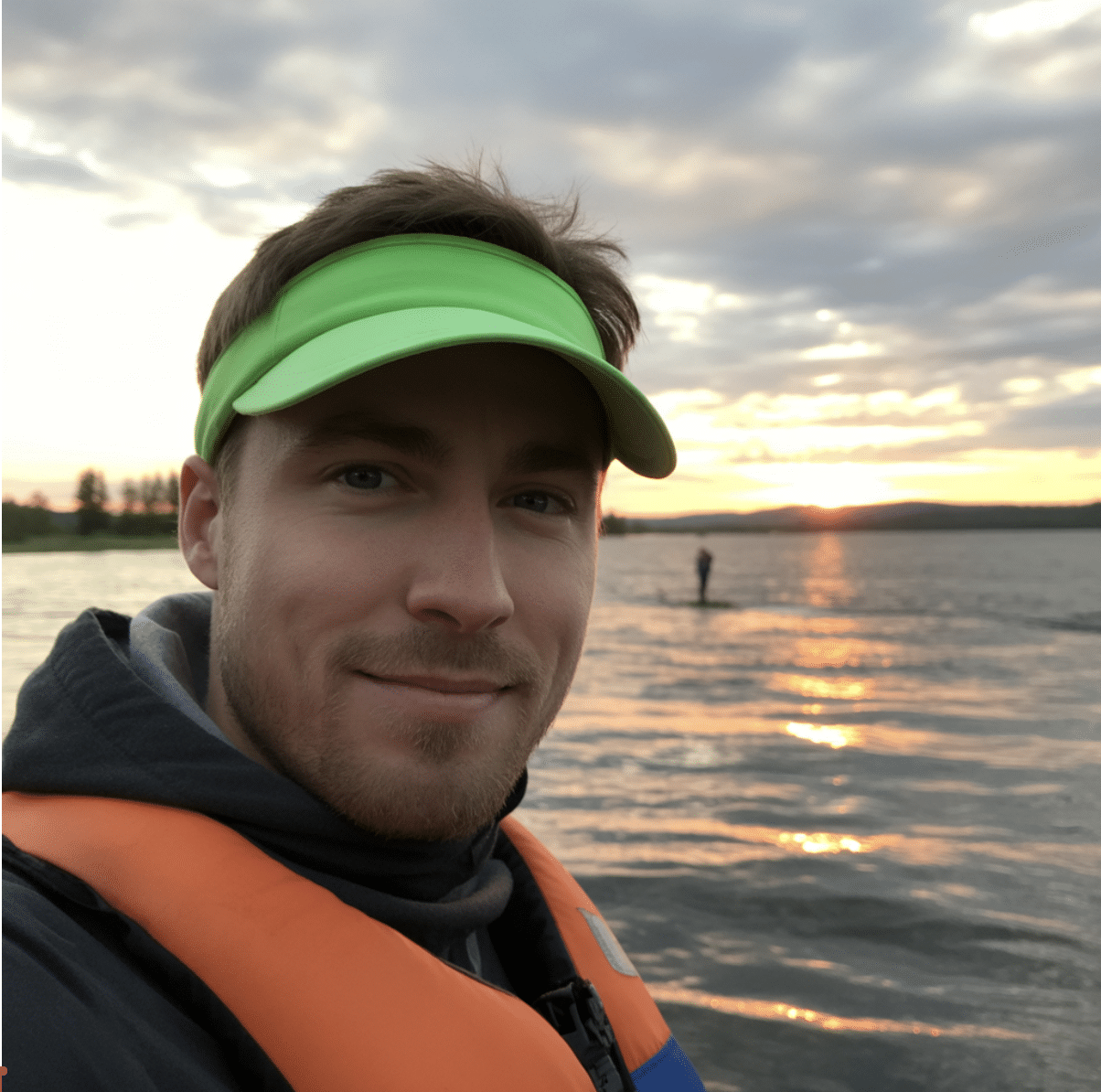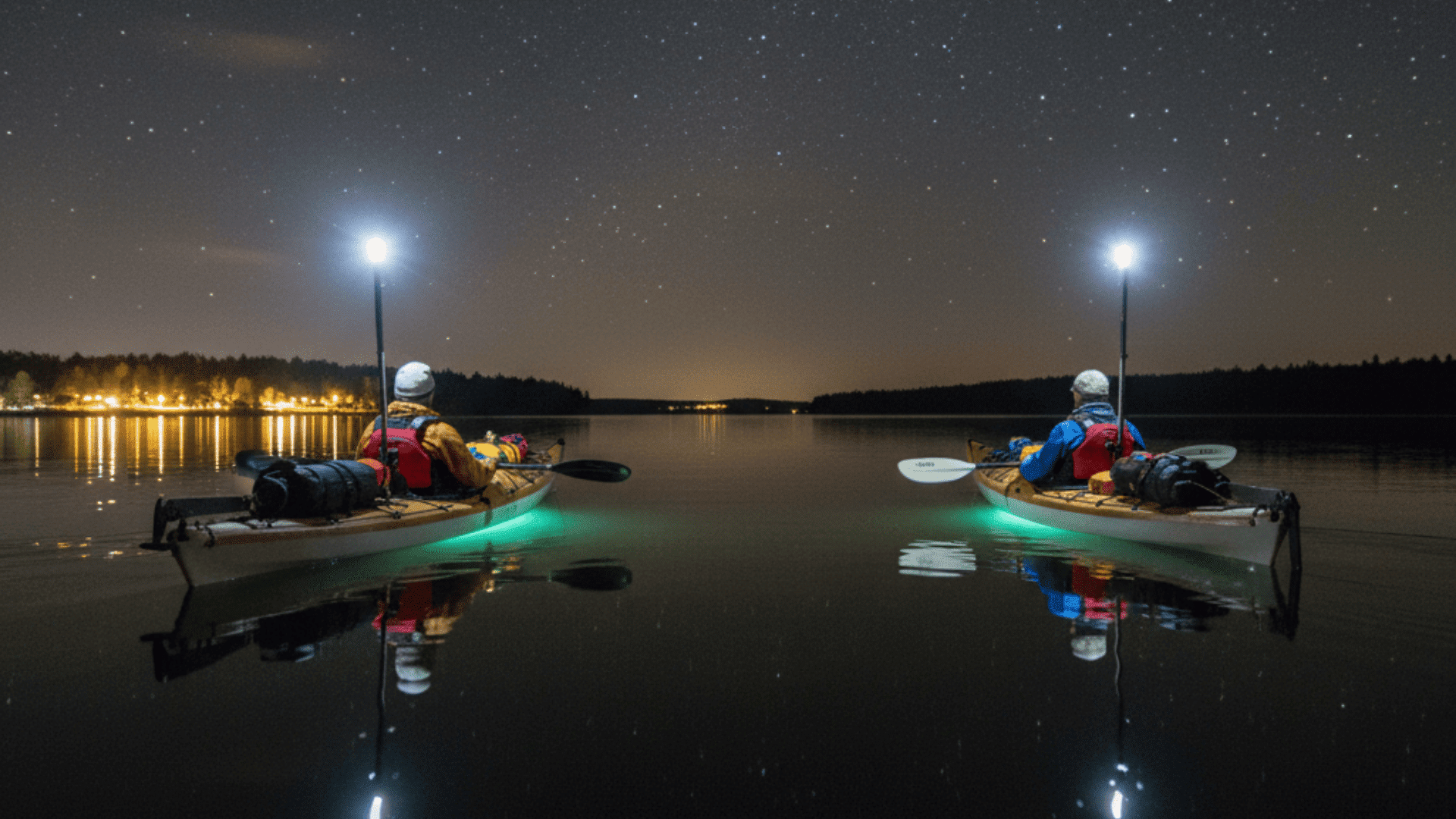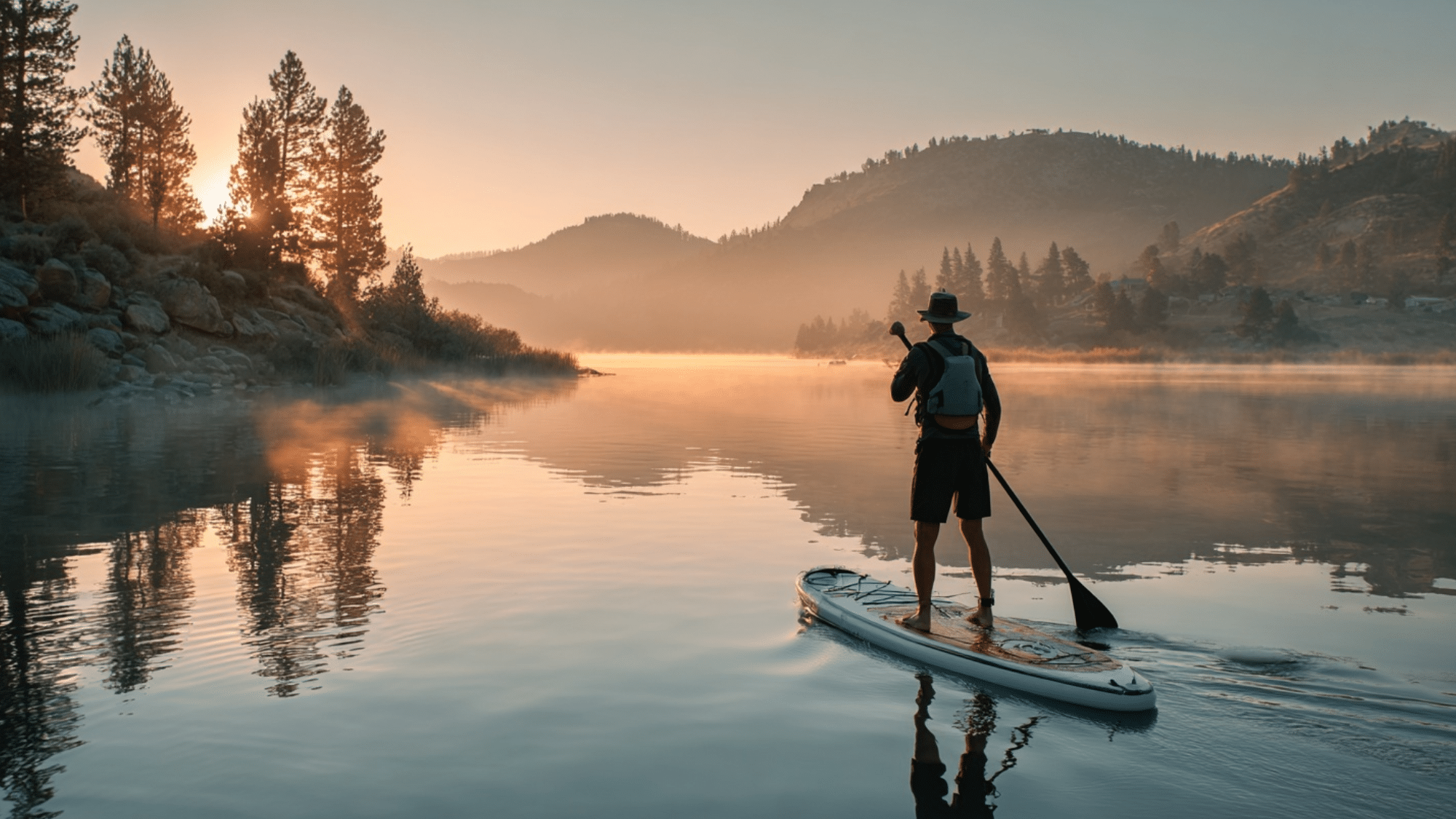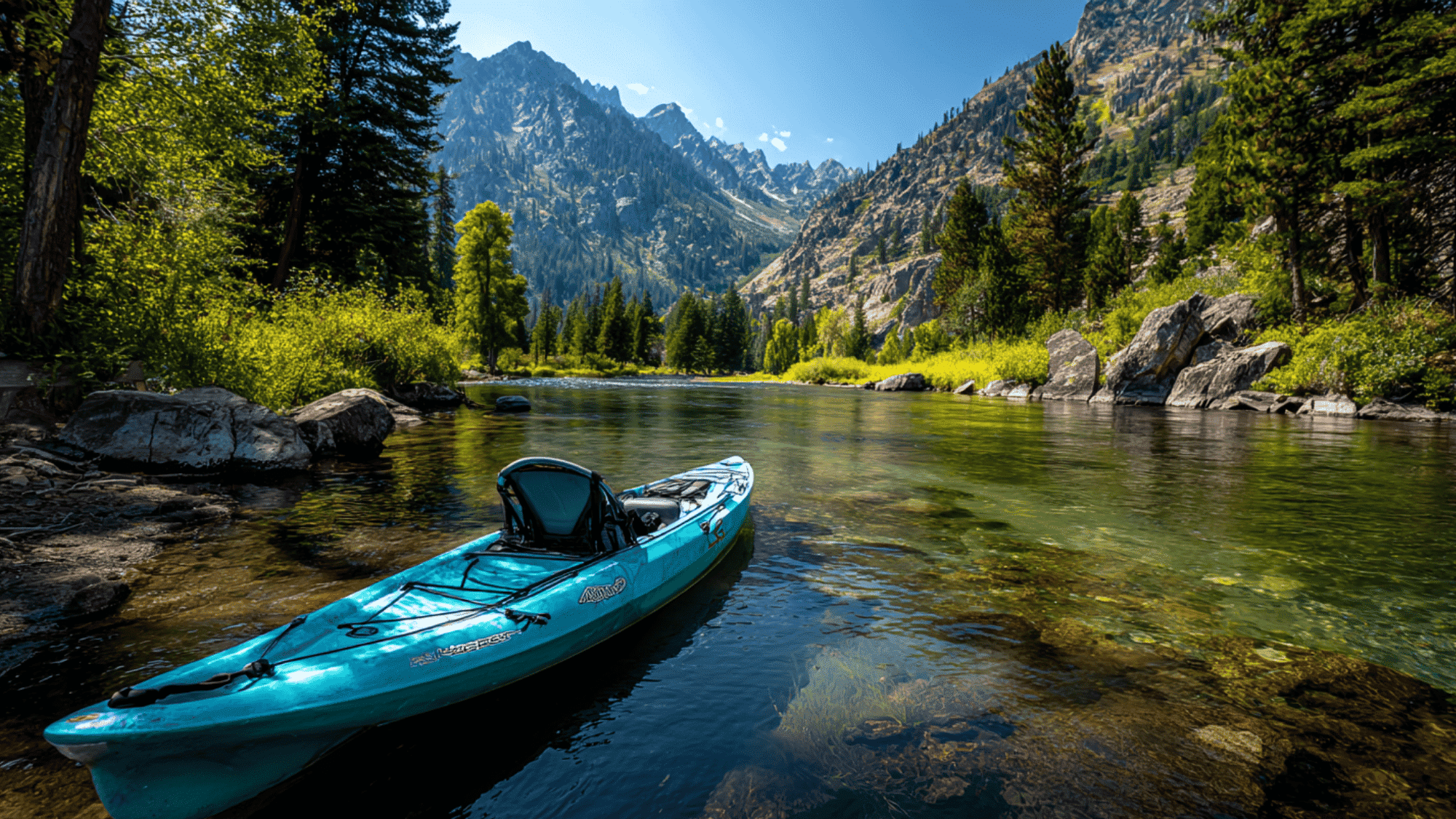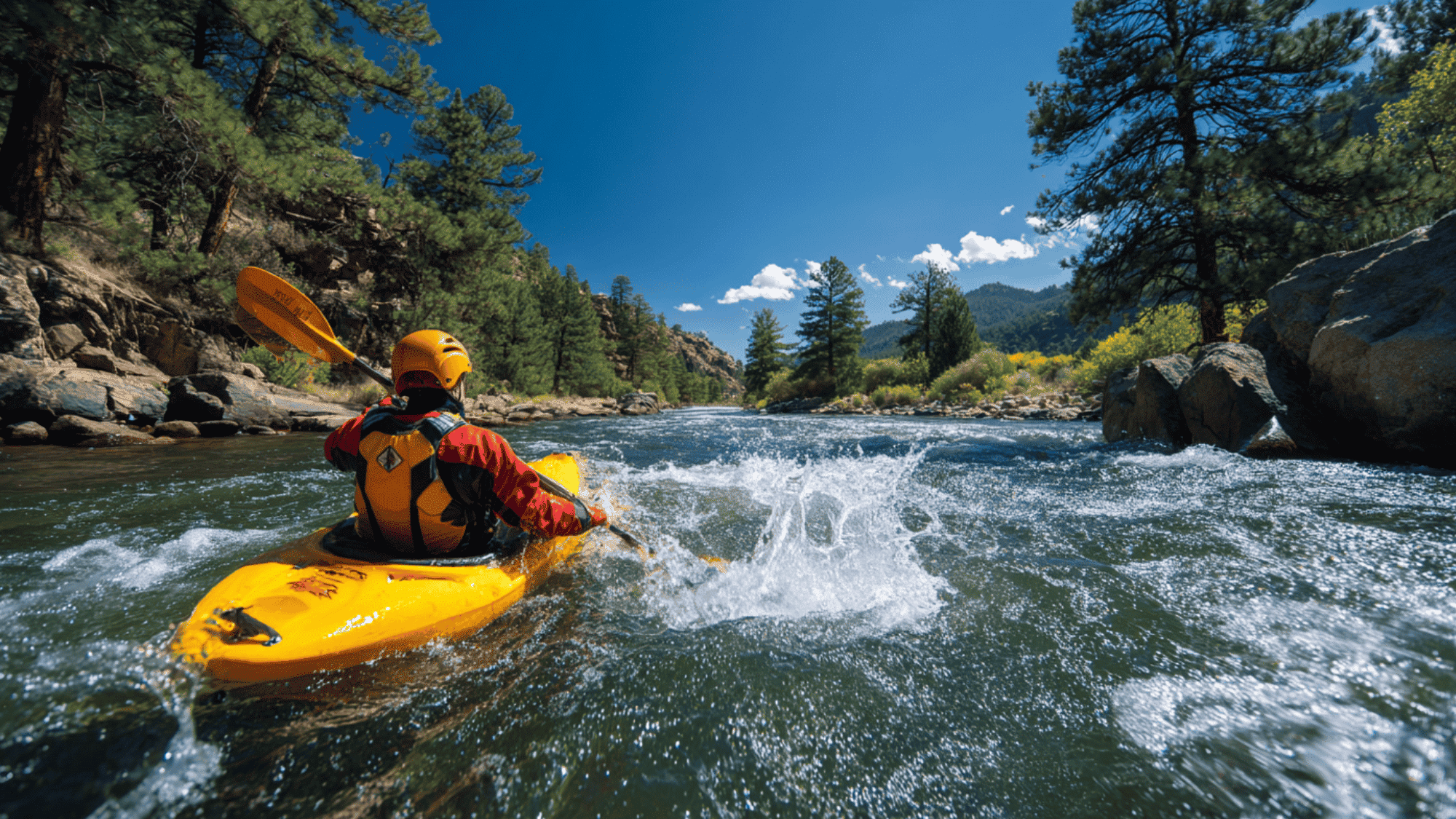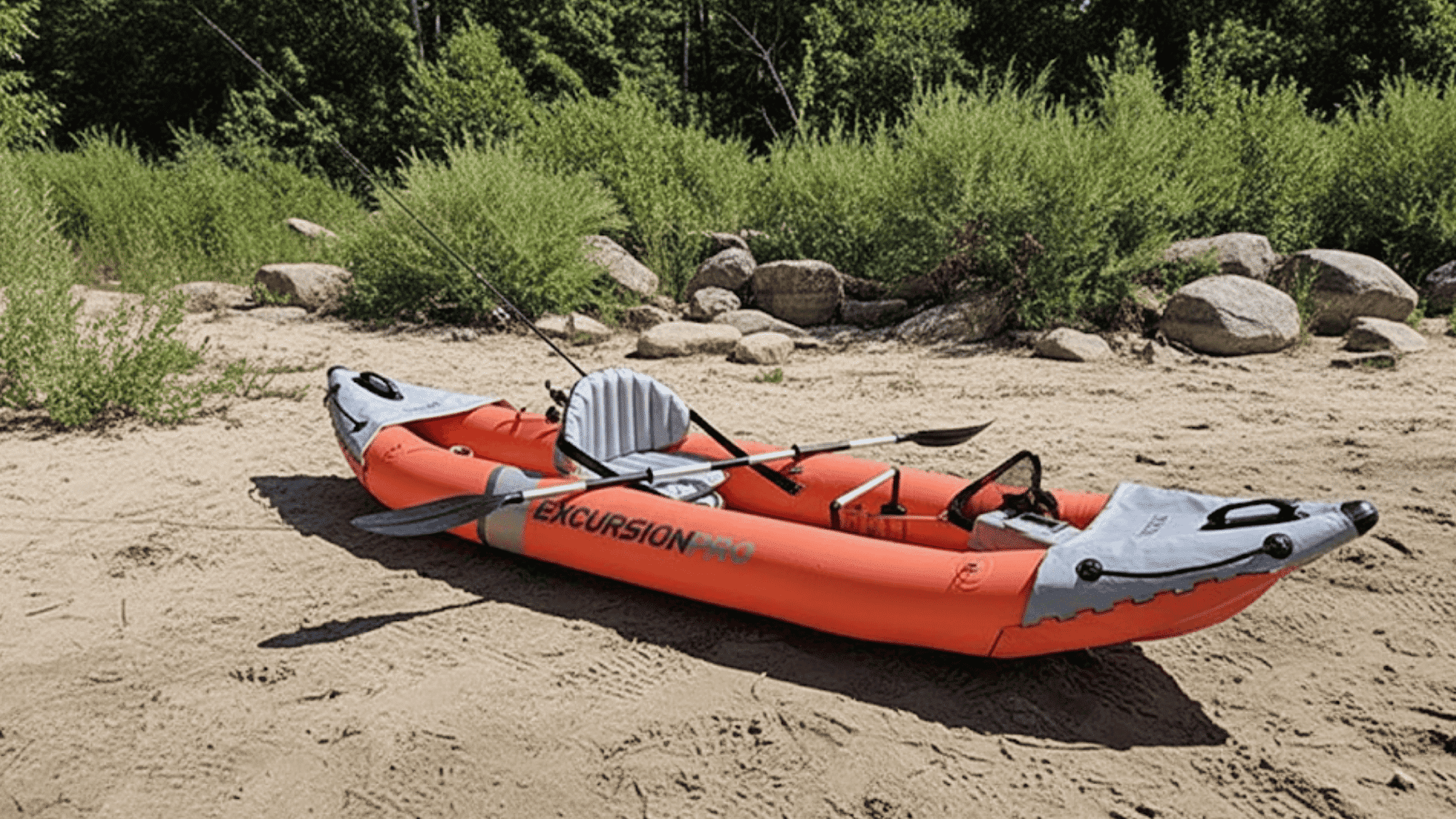Andrew McAuley was an Australian man who tried to do something no one had ever done before, paddle a kayak alone across the dangerous Tasman Sea from Australia to New Zealand.
This brave individual became famous for attempting one of the most challenging solo ocean crossings in history.
His incredible story of courage, careful planning, and determination has inspired people around the world. Andrew McAuley’s expedition became legendary in the kayaking community, despite ending in mystery.
His story shows us what humans can achieve when they refuse to give up on their biggest dreams, no matter how impossible they might seem to others.
Who was Andrew McAuley?
Andrew McAuley was an Australian mountaineer and sea kayaker who loved taking on extreme challenges in nature. Born in August 1968, he became famous for his incredible skills in mountain climbing and sea kayaking.
Before his most famous expedition, McAuley had already completed amazing feats like climbing some of the world’s tallest mountains and paddling across dangerous ocean waters.
He was known for his careful planning and strong determination to push beyond what most people thought was possible.
McAuley spent years preparing for each expedition, studying weather patterns and building his physical strength. His passion was testing the limits of human endurance in some of Earth’s most remote and dangerous places.
What was His Kayaking Expedition Across the Tasman Sea?
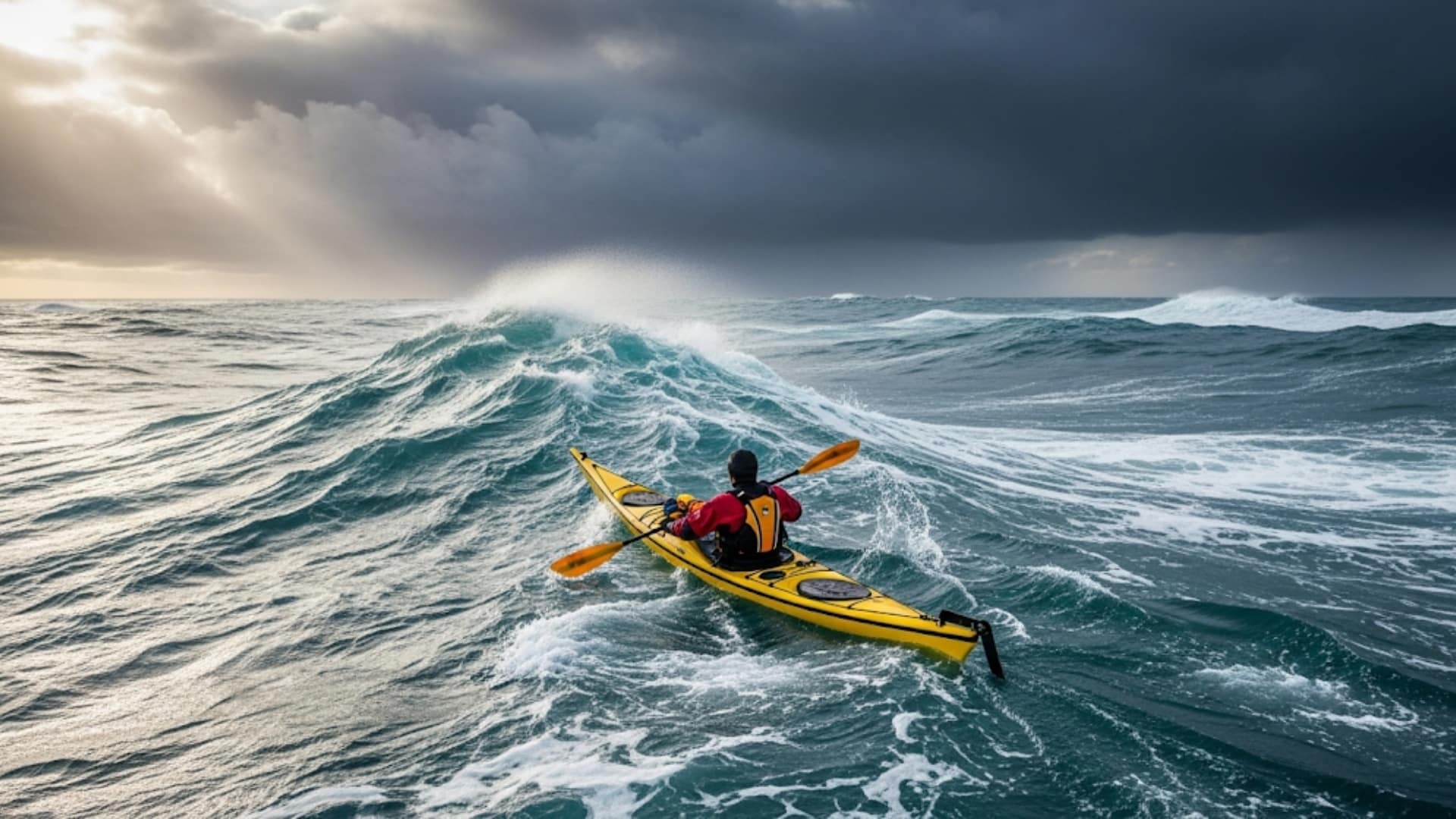
In February 2007, Andrew McAuley set out to become the first person to paddle solo across the Tasman Sea from Australia to New Zealand.
This massive challenge spanned approximately 1,600 kilometers of open ocean, with McAuley anticipating the crossing to take around 30 days. The Tasman Sea is renowned for its treacherous waters, massive waves, and unpredictable storms.
No one had ever successfully completed this dangerous solo kayak crossing before.
The expedition captured worldwide attention because of its extreme difficulty and the incredible skill needed to survive alone on such wild seas. McAuley’s attempt represented one of the most daring ocean crossings ever tried.
How Did Andrew McAuley Prepare for the Trip?
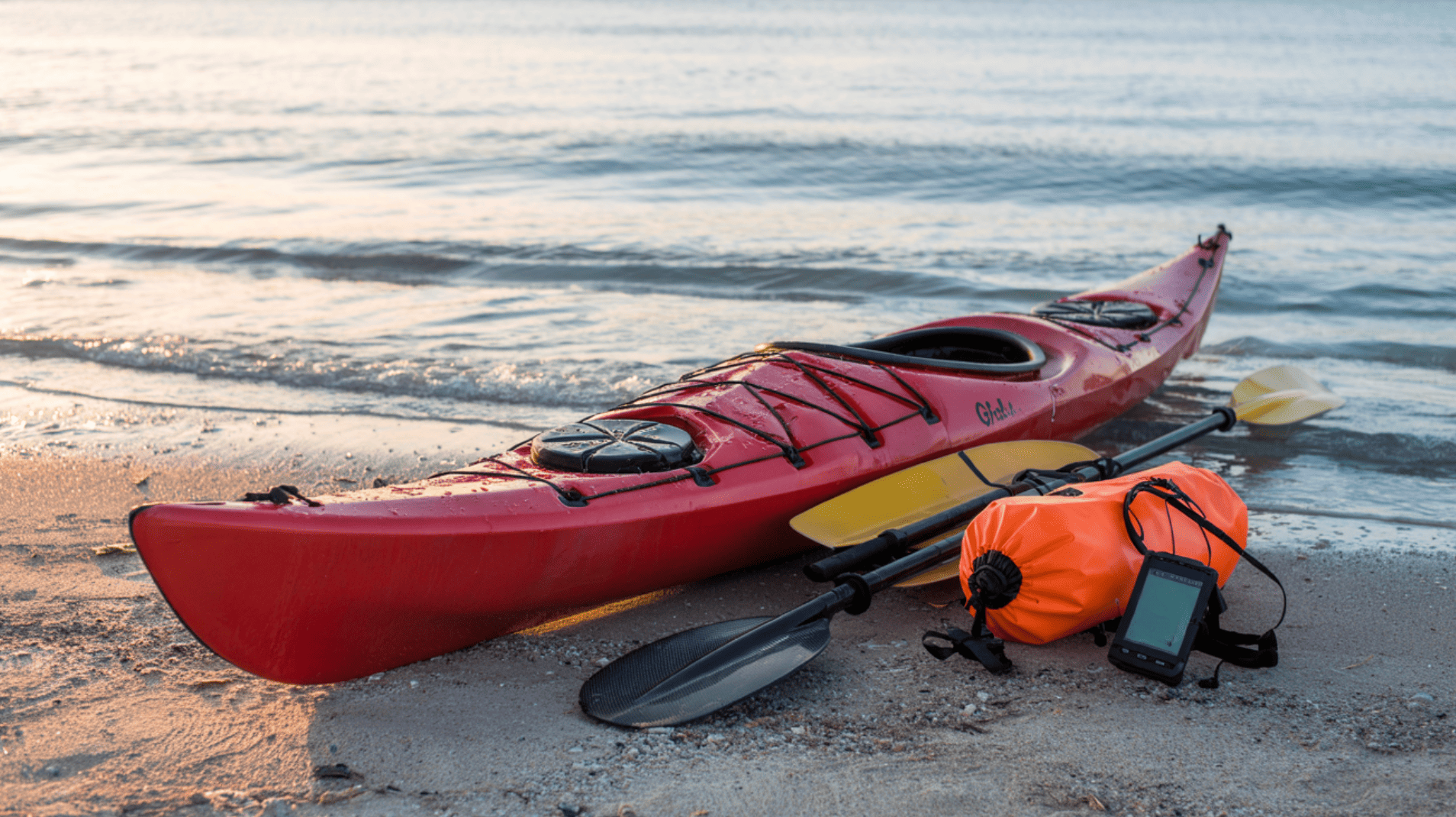
Andrew McAuley spent years preparing for his perilous crossing. He knew that careful preparation could mean the difference between life and death on the open ocean.
- He built a special 6.2-meter kayak with extra storage for food, water, and safety equipment.
- His kayak included GPS systems, emergency beacons, and a small sleeping cabin for storms.
- McAuley trained by completing challenging kayak crossings around Australia and other countries.
- He practiced paddling in rough weather, handling big waves, and strong winds.
- After failing in December 2006, he improved his equipment and changed his route.
All this preparation showed how seriously McAuley took the challenge. He understood that success would depend on having the right gear and the skills to use it properly.
What Happened During the Expedition?
Andrew McAuley started his crossing on February 11, 2007, and made good progress for the first few weeks. He sent regular radio messages and recorded video updates showing his daily life on the water.
The weather was challenging, with strong winds and big waves that made paddling difficult and dangerous. After about 30 days at sea, McAuley was getting very tired and running low on supplies.
He was getting close to New Zealand’s coast and could see land in the distance.
In his final video message, he appeared exhausted but determined to see it through. Unfortunately, on day 30, his kayak was found empty near Milford Sound, with no sign of McAuley anywhere.
What Theories Explain His Disappearance?
When Andrew McAuley’s empty kayak was found near New Zealand’s coast, many wondered what happened to him. Experts and investigators studied the evidence and proposed several explanations for his disappearance.
1. Equipment Failure and Loss of Kayak Canopy
The official New Zealand Coroner’s inquest found that Andrew McAuley drowned after separating from his capsized kayak. His kayak’s essential cockpit canopy was missing when recovered.
Since he was not tethered, he was likely swept away. His emergency beacon was never activated, which delayed rescue. The Coroner’s report highlights how this loss contributed to his disappearance.
2. Harsh Sea Conditions in the Tasman Sea
McAuley encountered extreme weather with 40-knot winds and huge waves in the Roaring Forties area of the Tasman Sea. Paddling Magazine explains that these violent conditions caused several capsizes and damaged his kayak, draining his strength.
These challenges made it harder for him to continue safely. Despite careful planning and skill, the harsh and unrelenting storms ultimately overpowered him in the last part of his trip.
3. Fatigue and Its Effects on Decisions
Near the end of his trip, exhaustion likely affected McAuley’s ability to respond quickly to emergencies. The New York Post reports that physical tiredness and mental stress may have delayed activation of his emergency beacon.
This fatigue may have impaired his judgment and decision-making, significantly reducing his chances of survival during critical moments. Being alone at sea for so long takes a heavy toll on both mind and body.
What was Found After the Disappearance?
On February 12, 2007, search teams found Andrew McAuley’s empty kayak floating near Milford Sound, New Zealand. The kayak was badly damaged, with its cockpit canopy missing and water inside.
Most importantly, rescuers found a waterproof camera that contained McAuley’s final video message. In this last recording, he looked very tired and stressed, but was still determined to reach land.
The footage showed rough sea conditions and gave experts important clues about what might have happened. However, despite extensive searching by boats and helicopters, McAuley’s body was never found.
How Has His Story Been Remembered?
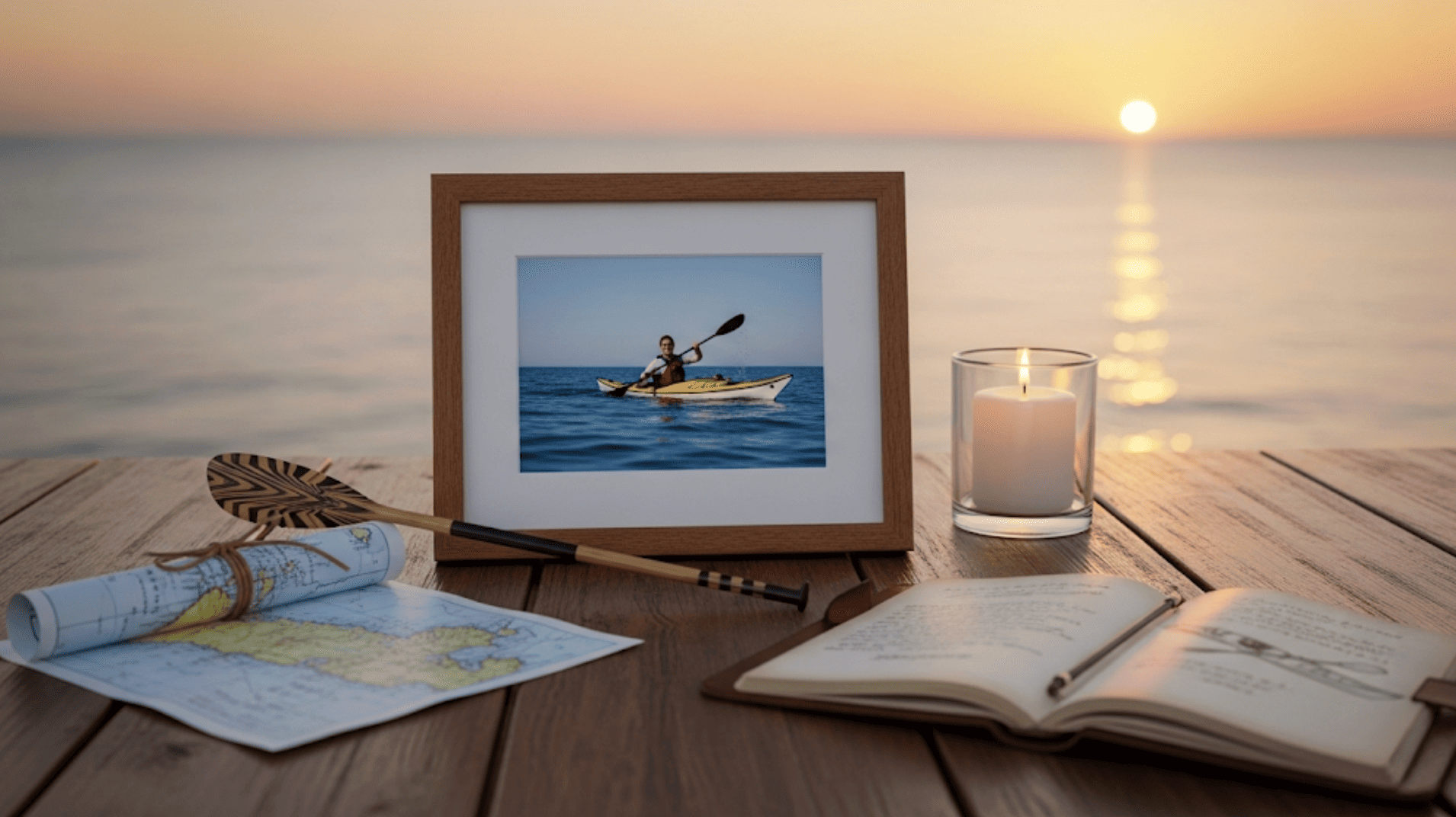
Andrew McAuley’s incredible story has inspired many people around the world. His courage and determination continue to be celebrated through various books, films, and tributes.
- A documentary called Solo: Lost at Sea was made about his dangerous expedition.
- His wife, Vicki McAuley, wrote a book titled Solo, telling Andrew’s complete story.
- The kayaking community honors his memory for pushing ocean exploration boundaries.
- Many paddlers still use his careful planning methods as an example to follow.
- His story is taught in schools to show the importance of following dreams.
Andrew McAuley’s legacy lives on as a reminder that ordinary people can attempt extraordinary things. His story continues to encourage others to chase their biggest goals, even when they seem impossible.
That’s a Wrap
The story of Andrew McAuley reminds us that some people are willing to risk everything to push human limits and find new possibilities.
Even though his crossing ended tragically, Andrew McAuley’s courage and determination continue to inspire kayakers and those who take on bold challenges.
His careful preparation and brave spirit show us what it means to chase our dreams, even when others say they’re impossible. Andrew’s legacy lives on through documentaries, books, and the many people who still talk about his incredible attempt.
What do you think about Andrew McAuley’s story? Share your thoughts in the comments below and let us know what inspires you to take on big challenges in your own life.

